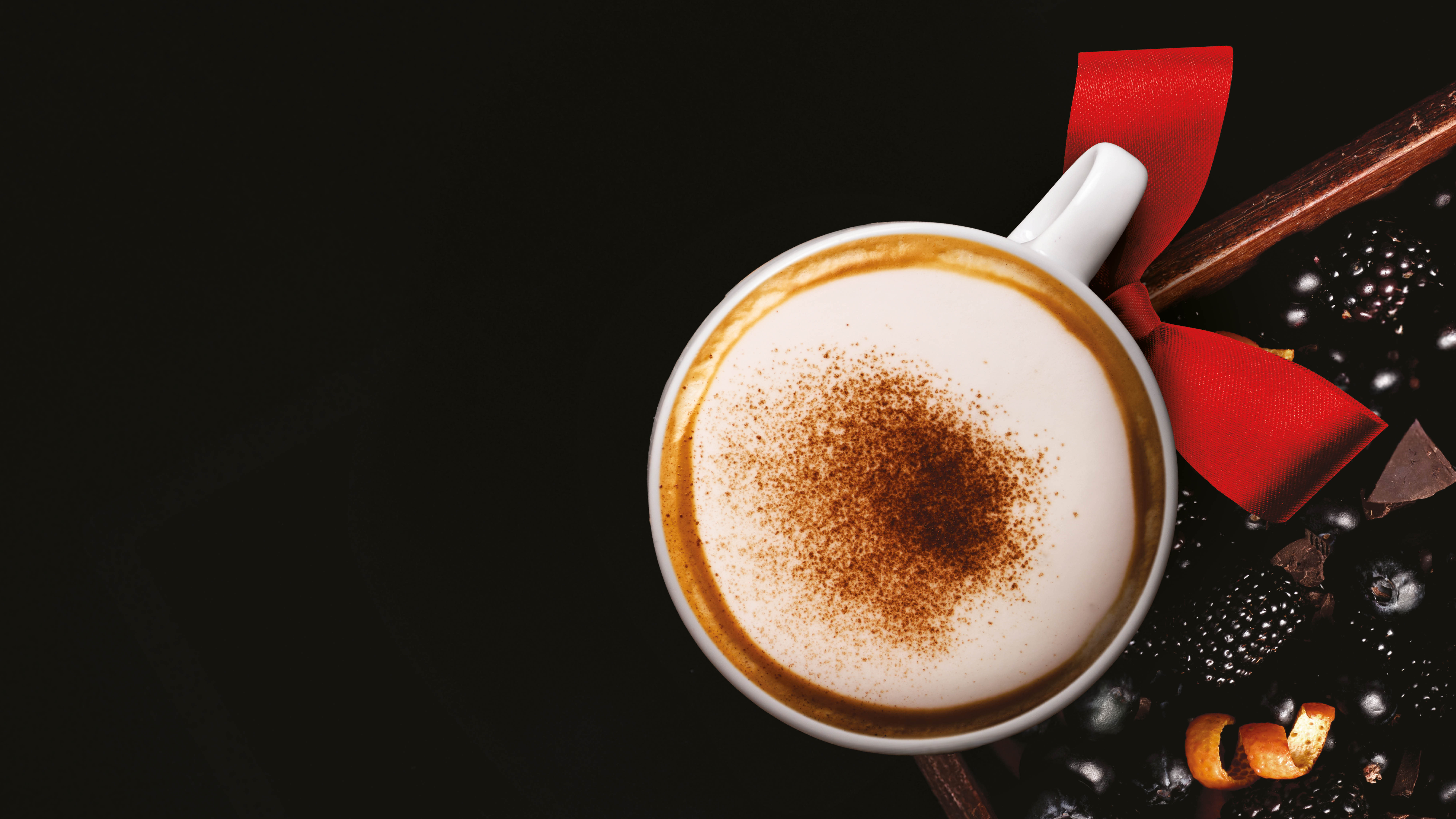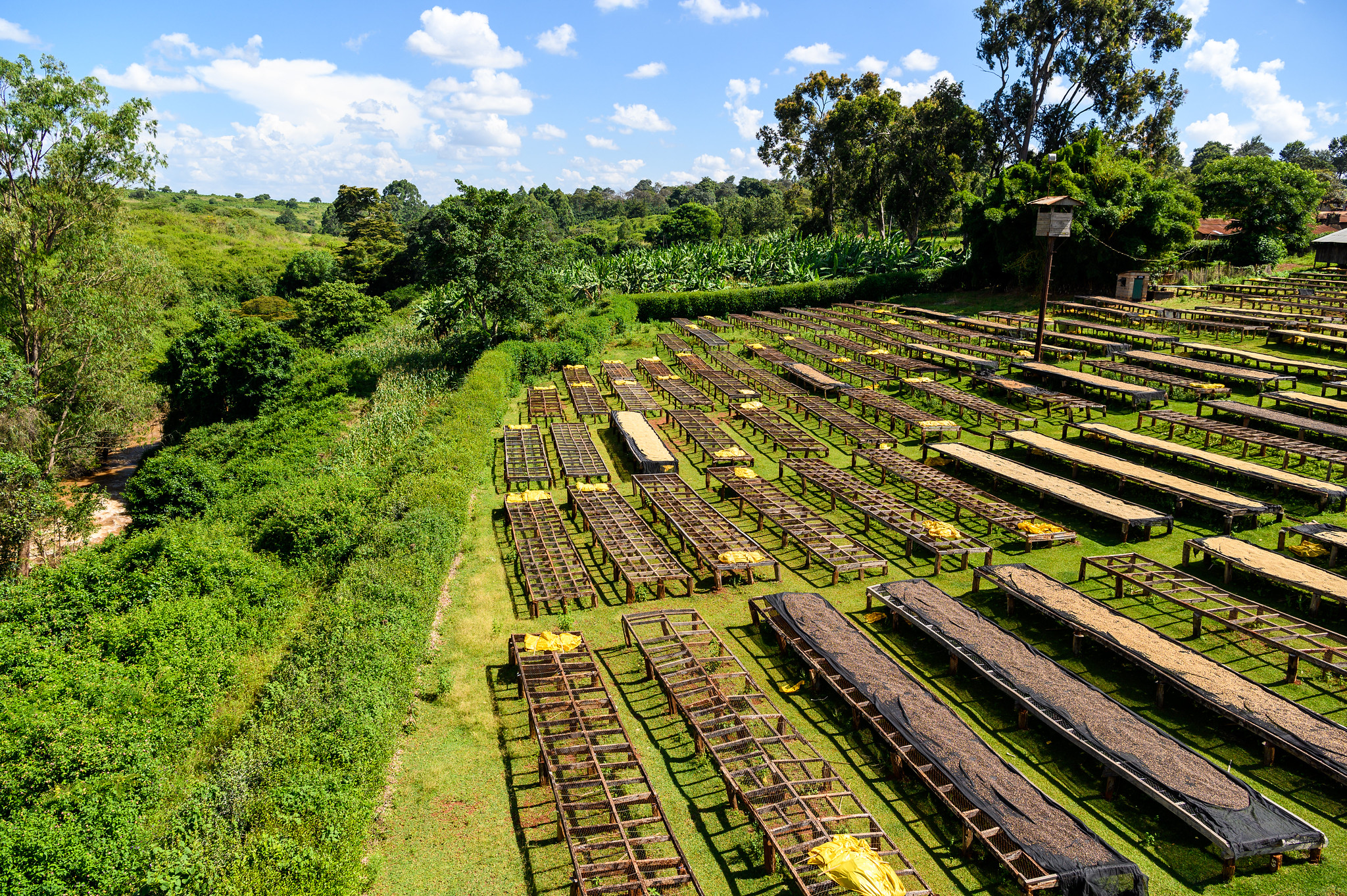Temperature plays a big part in our appreciation of coffee and it just so happens that one of the industry’s most significant rising stars is cold coffee, which has moved far beyond over-sweet indulgences topped with whipped cream, and into the realms of a respectable, relishable drink. It now has a number of guises, and in major cities across Europe, America, and the East, exciting styles of cold coffee are becoming mainstream – from the elegant Vietnamese iced coffee (known as cà phê dá in its homeland) to the creamy Greek Freddo, with its foamed-milk body. The latter has also evolved from tradition in our Cyprus cafes to modernity at our Polish stores.
And experimentation in the field have far from peaked; in Toronto, nitrogen-infused coffee, which promises a smooth mouthfeel not unlike stout beer, has this year taken both independent cafes across the area, and more progressive food areas of the US, by storm.
 How is it usually made?
How is it usually made?
Like a traditional brew, cold coffee can be served in a variety of ways; it all depends on the drinker’s taste, and how it’s made. The most convenient way to do this is to utilise the power of good espresso, just as with all our coffee drinks. This traditional hot-brewing method, during which short, perfectly pulled shots are rapidly cooled over ice, then lengthened with milk or a little pure water, is what we mean when we speak about iced coffee.
The other most notable form is cold brew; something with which American drinkers in particular, whose consumption of the drink has more than doubled over 2014-15, may be familiar. This method involves coarse grounds being steeped in cold water for a long period of time – sometimes up to 24-hours. This much slower brew produces a longer, more subtle drink, with a noticeable, natural sweetness when compared to those pleasant, bitter acids that emerge through the extraction of espresso.
In the United States, we have offered cold brew as part of our menu for a little over a year, in response to the country’s love of the style. We prepare this in batches using a simple but highly effective system known as a ‘Toddy’ a big, bucket-like device which, although bulky, allows us to prepare cold-brew easily in our American cafes. In one of our Boston stores, Fort Point, we even serve it on draft tap.
The coffee-drinker’s cold drink
While the Freddo is Greece’s answer to a hot cappuccino, we’ve developed the iced flat white to be another twist on a modern classic.
The traditional – that is to say, hot – flat white, with its velvety texture and depth of flavour, is as powerful as it is smooth; the perfect balance of espresso and milk. It’s the drink white coffee drinkers tend to revere, which is why our quest to create the cold-coffee for coffee lovers led us to creating the iced flat white, which is just now settling into our menus across the UK.
The soul of any flat white is in the milk. Instead of being frothed, it’s gently steamed to become microfoam and folded into a double ristretto (two short shots of espresso), which is responsible for the drink’s uniquely smooth, creamy texture.
It’s from this that we have taken our lead in creating our iced flat white. The milk we use is whole, and therefore naturally rich and sweet enough to not necessarily need any additional flavouring. For our iced version, the milk isn’t heated, but instead carefully blended with ice in a way that imitates the microfoam of a traditional flat white, before the robust double ristretto is dropped in.
The cold coffee landscape
The blooming of cold-brewing methods such as this means the coffee landscape has never looked better. Whether it’s with a long, black cold brew on a summer’s day in New York, a Thai iced coffee (oliang) bursting with cardamom and sesame after a spicy meal, or the stylish simplicity of our own cold coffees around the world, coffee drinkers have more cold choices than ever before. Each form, new or traditional, brings to the table a different characteristic that makes it special, and contributes to the way we see and drink coffee in the 21st century. In fact, research shows that younger generations, particularly in the West, are becoming coffee drinkers in greater numbers, and more often than not through cold varieties.
The cold coffee movement is about so much more than the summery gimmick it once was; it’s about the future of coffee as we know it.




